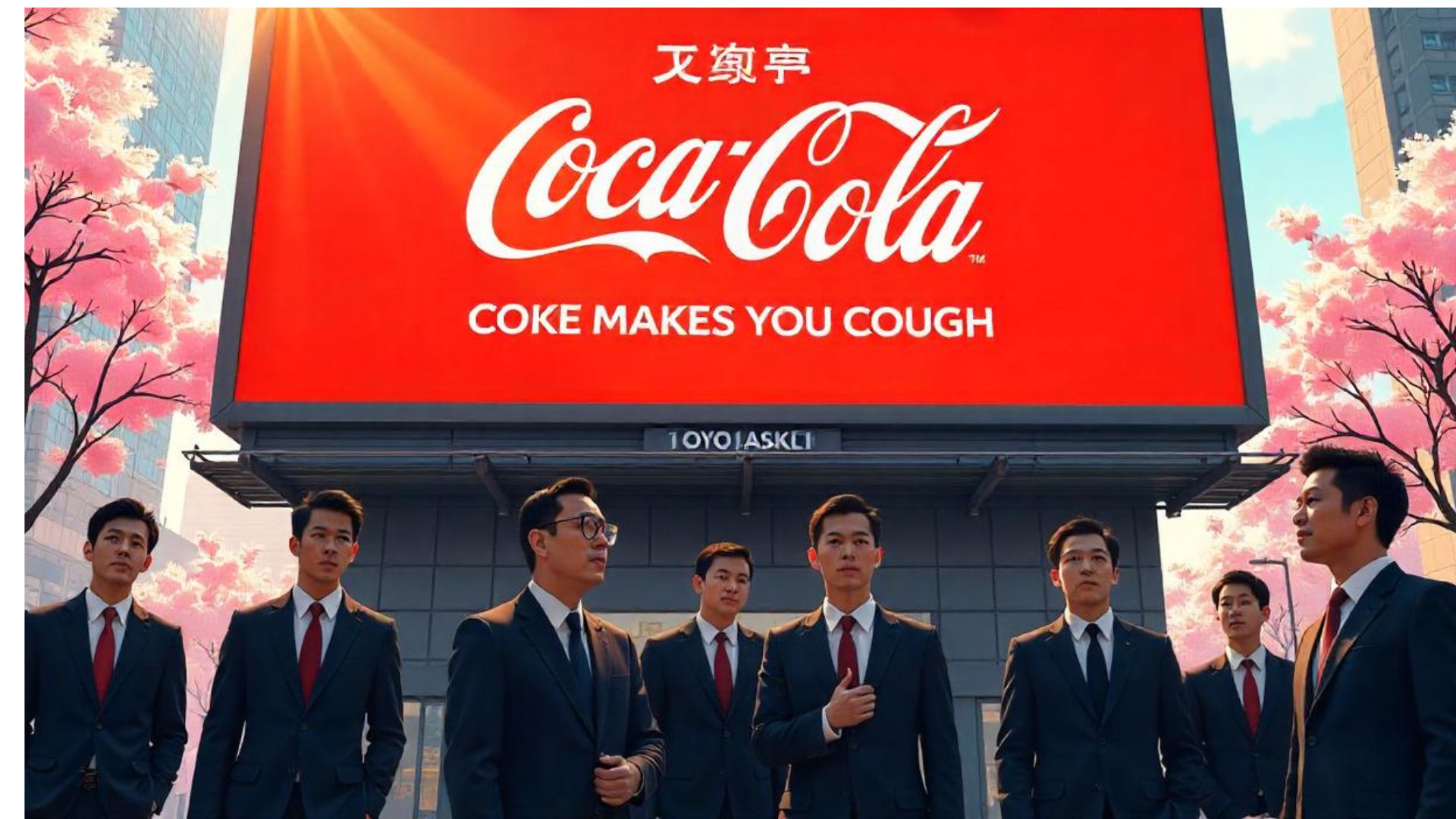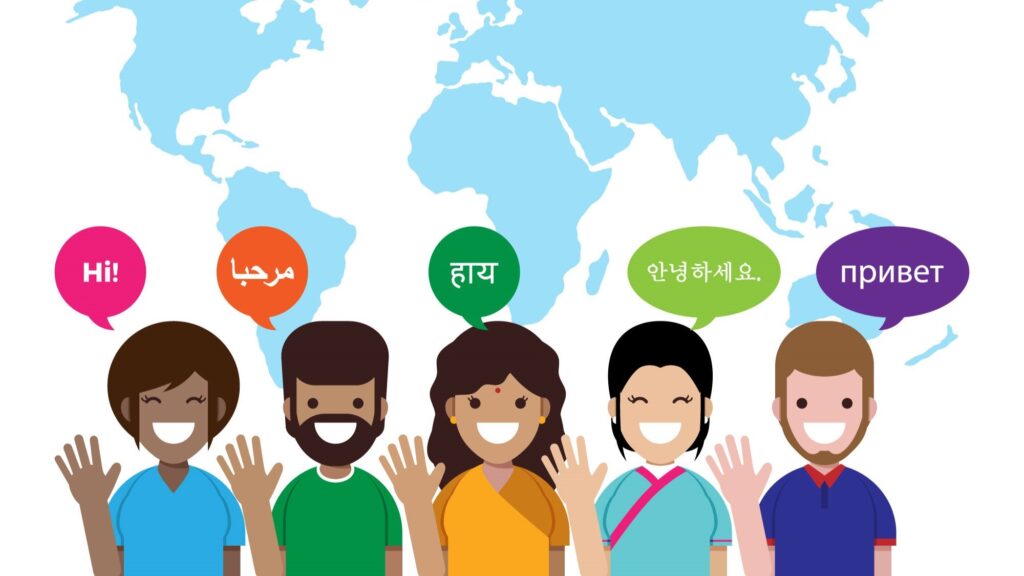
Expanding into international markets is an exciting milestone for any business. But reaching global audiences requires more than just translating your content word-for-word. The real key to success lies in cultural understanding. When you translate business content, considering cultural nuances isn’t just a nice-to-have — it’s essential to communicate effectively and avoid costly blunders.
In this blog, we’ll explore why cultural understanding plays a critical role in business translation and how you can ensure your message resonates across borders.
What Is Business Content Translation?
Business content translation involves converting corporate material — such as websites, product descriptions, emails, presentations, contracts, and advertisements — from one language into another. However, effective business translation doesn’t stop at linguistic accuracy. It must also capture the tone, intent, and context of the original message while making it appropriate for the target culture.
A direct translation might technically be correct but fail to engage — or worse, offend — the audience if cultural factors aren’t considered.
The Role of Culture in Business Translation

Culture influences how people think, behave, communicate, and make decisions. From colors and images to gestures and humor, every market has its own set of unspoken rules. What works in one country could fall flat or cause offense in another.
When translating business content, cultural understanding helps ensure your messaging aligns with local values and expectations. It’s the difference between sounding like a thoughtful local brand or a tone-deaf outsider.
Real-World Examples of Cultural Missteps

Several global companies have learned the hard way that ignoring culture in translation can be expensive:
- Pepsi in China: Pepsi’s slogan “Come alive with the Pepsi generation” was poorly translated to mean “Pepsi brings your ancestors back from the dead.” Needless to say, it didn’t sit well culturally.
- HSBC Bank: The company spent millions rebranding after its slogan “Assume Nothing” was mistranslated as “Do Nothing” in several countries.
- KFC in China: The iconic “Finger-lickin’ good” slogan was initially translated as “Eat your fingers off.”
These examples highlight how cultural misalignment can damage brand reputation and impact revenue.
How Cultural Understanding Enhances Translation

Culturally informed translation goes beyond vocabulary. It involves:
- Adapting tone and style: A formal tone may be appropriate in Germany, while a friendly tone might work better in the US.
- Rephrasing idioms: English expressions like “kick the bucket” or “hit the ground running” don’t translate literally.
- Choosing appropriate visuals: Colors, symbols, and images may have different meanings across cultures.
- Contextualizing references: A pop culture reference or sports analogy may not make sense in every market.
By applying cultural sensitivity, your business content becomes more relatable and engaging to the audience you’re trying to reach.
Cultural Nuances in Different Markets
Here are some key cultural considerations in major regions:
- Japan: Formality and respect are paramount. Direct language may seem impolite.
- Middle East: Visual content must align with conservative norms. Gender-specific messaging requires care.
- United States: Humor and direct calls to action work well. Informal tone is often appreciated.
- Germany: Clear, factual content and professional tone are preferred over flashy marketing.
Each region has its preferences, and effective translation considers these before crafting the final message.
Key Elements to Consider for Culture-Sensitive Translation
To get it right, consider the following cultural elements:
- Local customs and taboos: Avoid symbols, gestures, or topics that are sensitive.
- Humor and idioms: These rarely translate directly and should be adapted or replaced.
- Gender roles and age sensitivity: Messaging should respect how cultures view authority, gender, and age.
- Holidays and timing: Local events can shape how your message is received and when it should be delivered.
How to Ensure Cultural Relevance in Business Translation
Here’s how your business can stay culture-smart when going global:
- Work with native-speaking translators: They understand language and culture from the inside out.
- Use professional localization services: Localization adapts the message fully — not just the words.
- Test your content with local focus groups: Feedback from real users can uncover hidden issues.
- Keep updating: Cultures evolve. Stay current with slang, trends, and social norms in each market.
Why Partnering with a Professional Localization Company Matters
Working with a professional localization provider like VerboLabs ensures your brand message is accurate, culturally sensitive, and locally relevant. Our team of native translators, subject matter experts, and cultural consultants work together to tailor your content for success in every market.
Whether you’re launching a product, entering a new region, or building a multilingual website — VerboLabs ensures that your message is not just translated, but transformed for impact.
Conclusion
In a world where brand perception is everything, translating your business content without understanding the target culture is a risk you can’t afford. Cultural understanding helps you connect deeply with your audience, earn their trust, and grow your business internationally.

Need Help Crafting Culturally Relevant Content for Your Global Audience?
Get in touch with VerboLabs today and ensure your message speaks the local language — in every sense.



